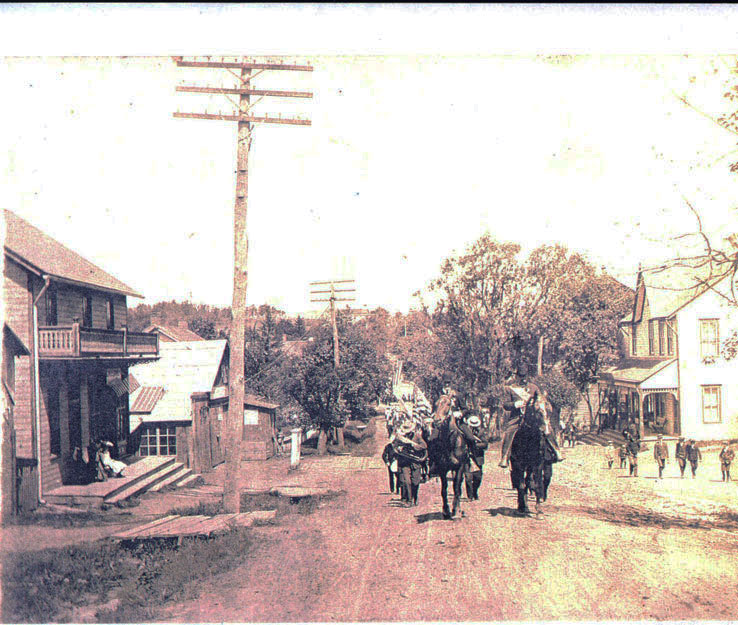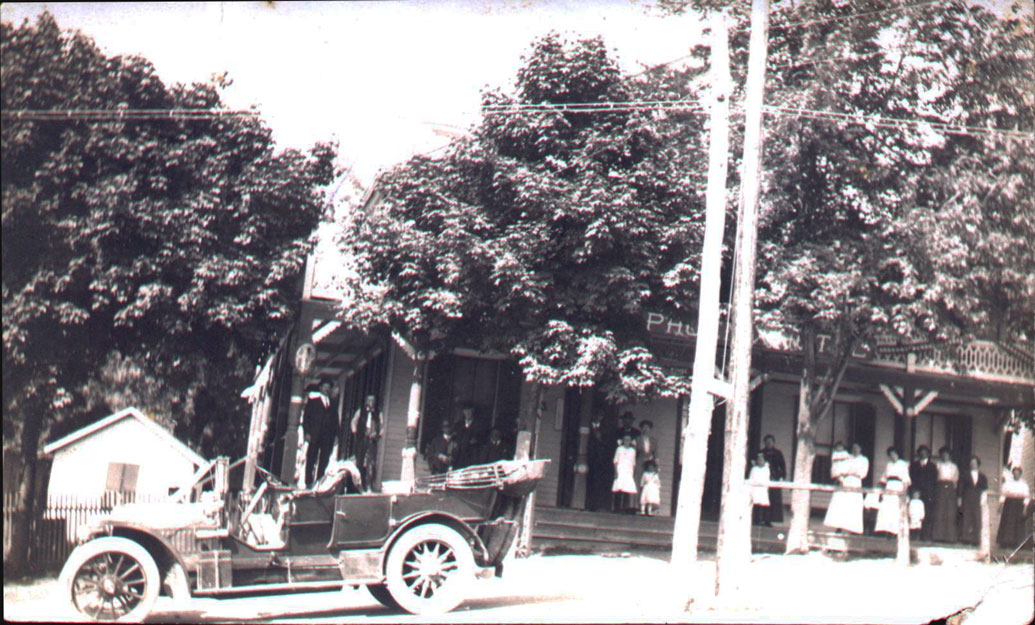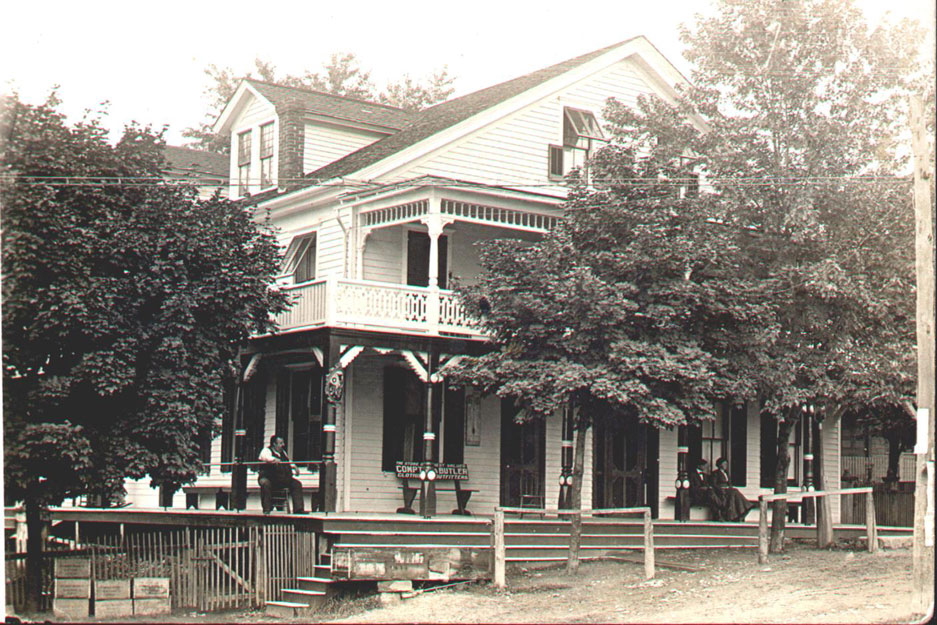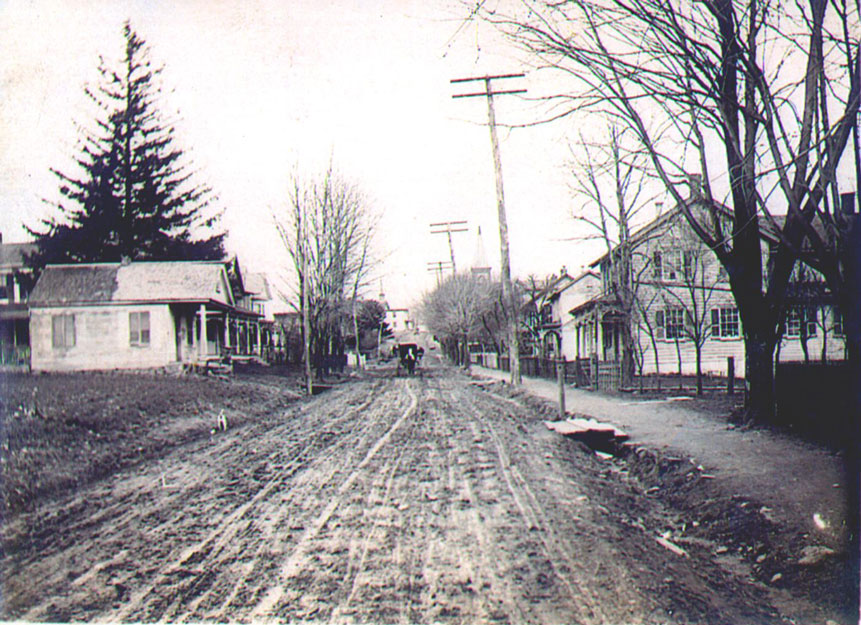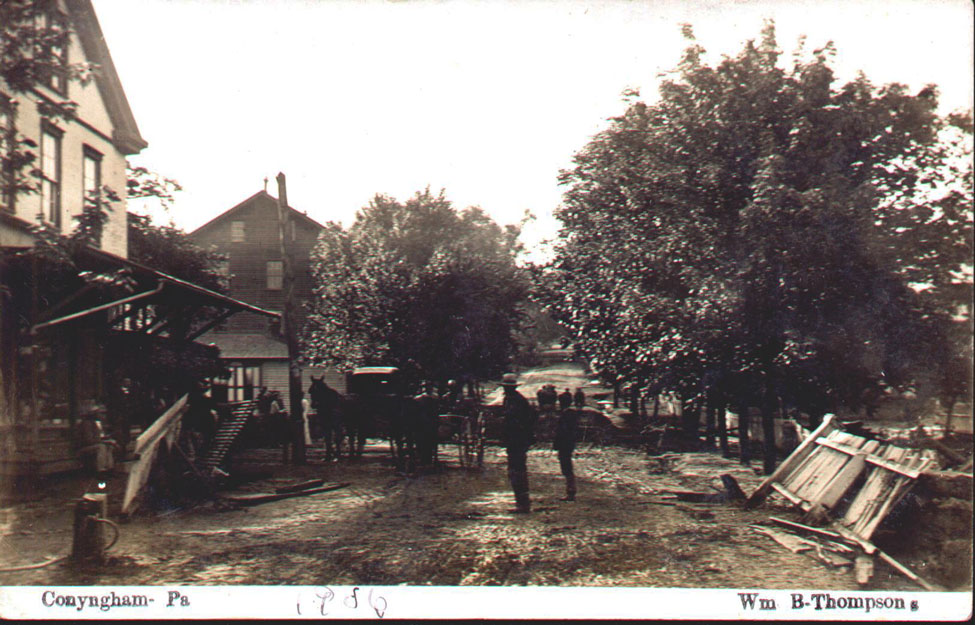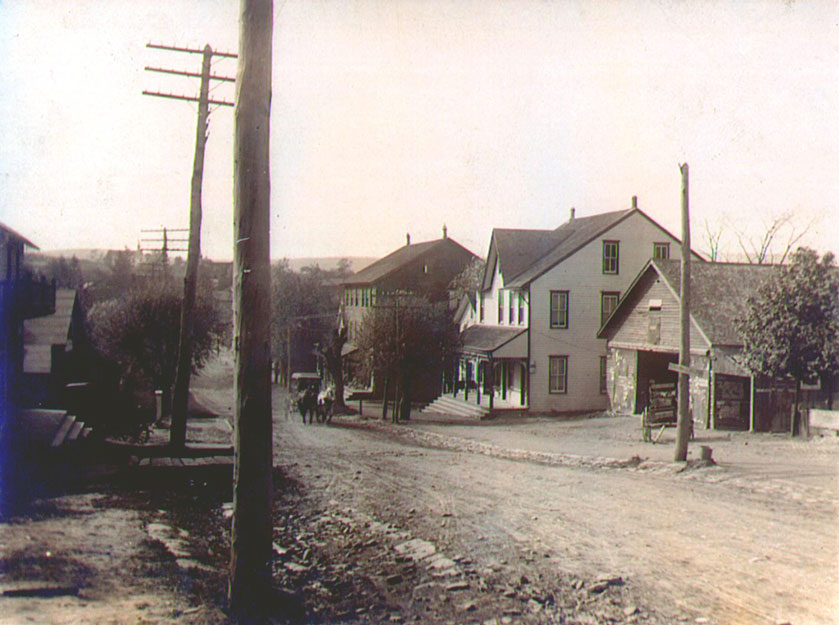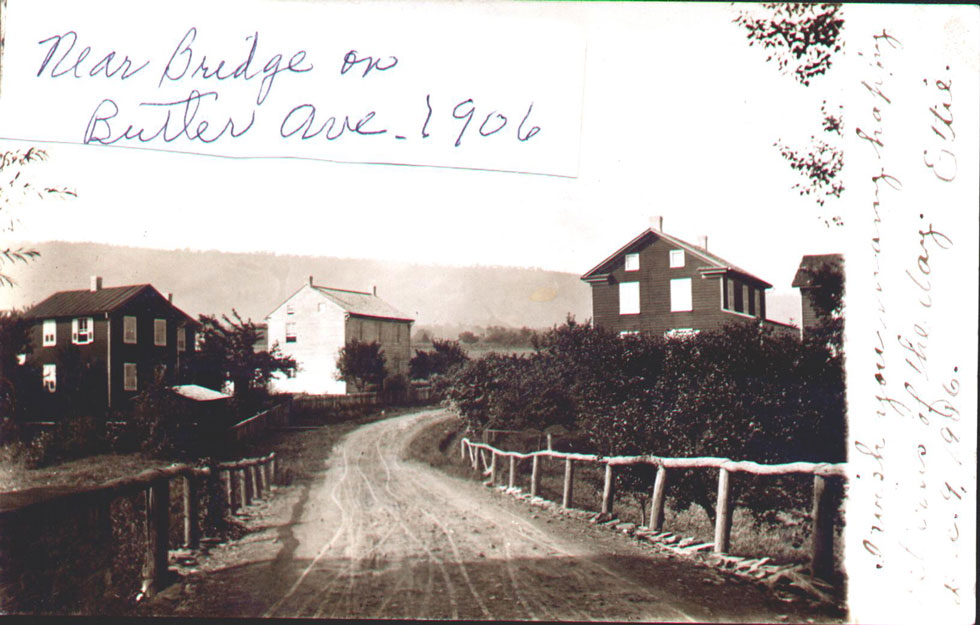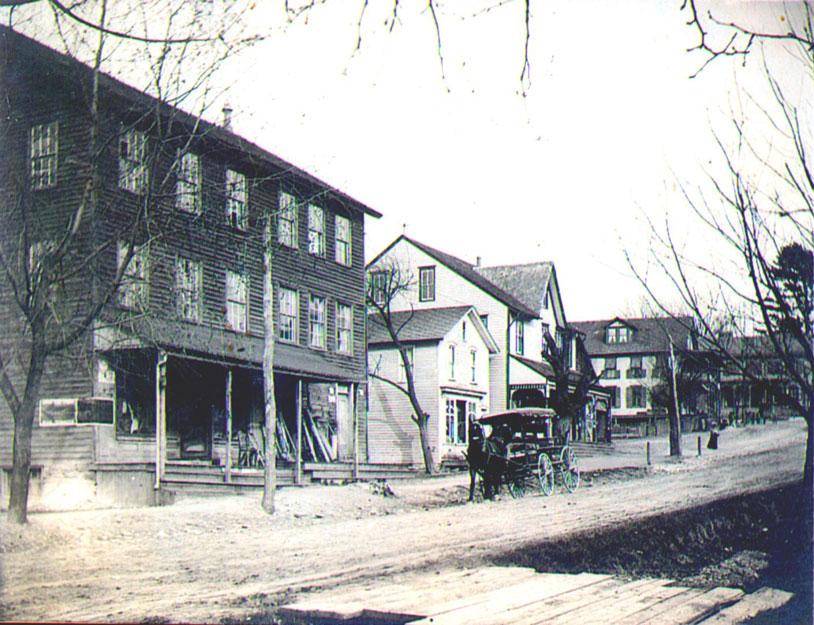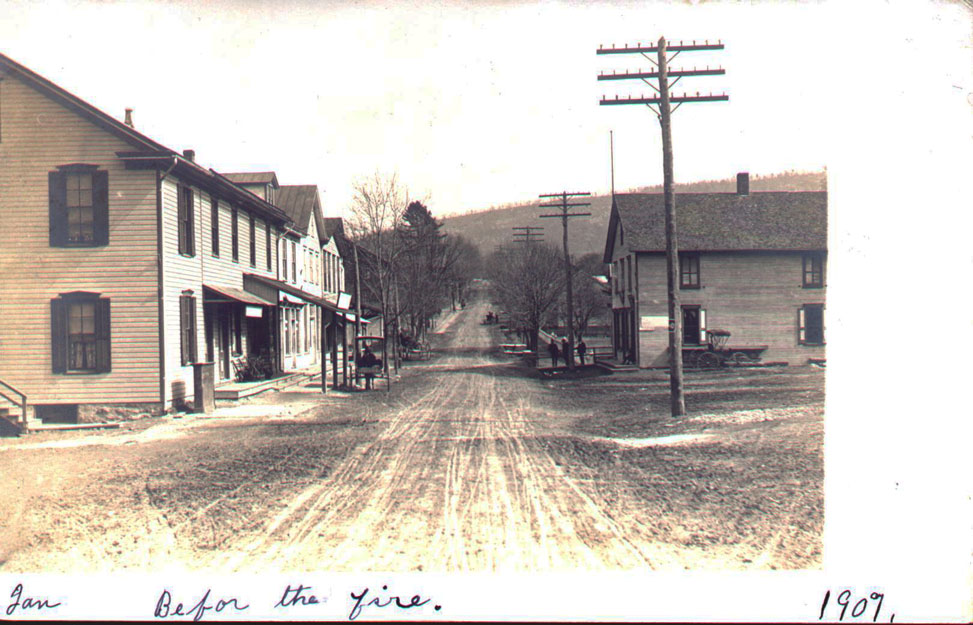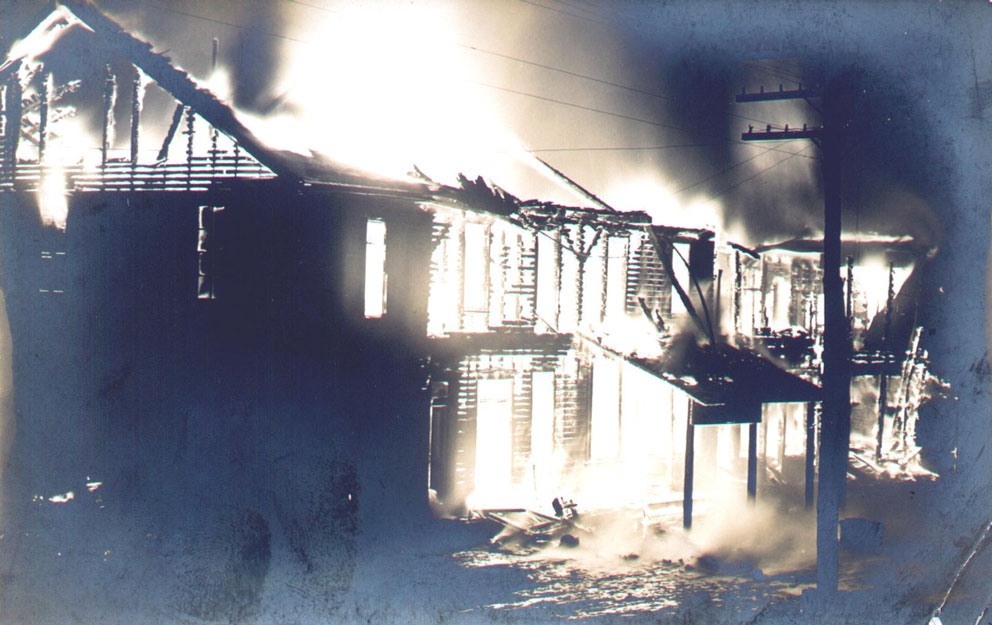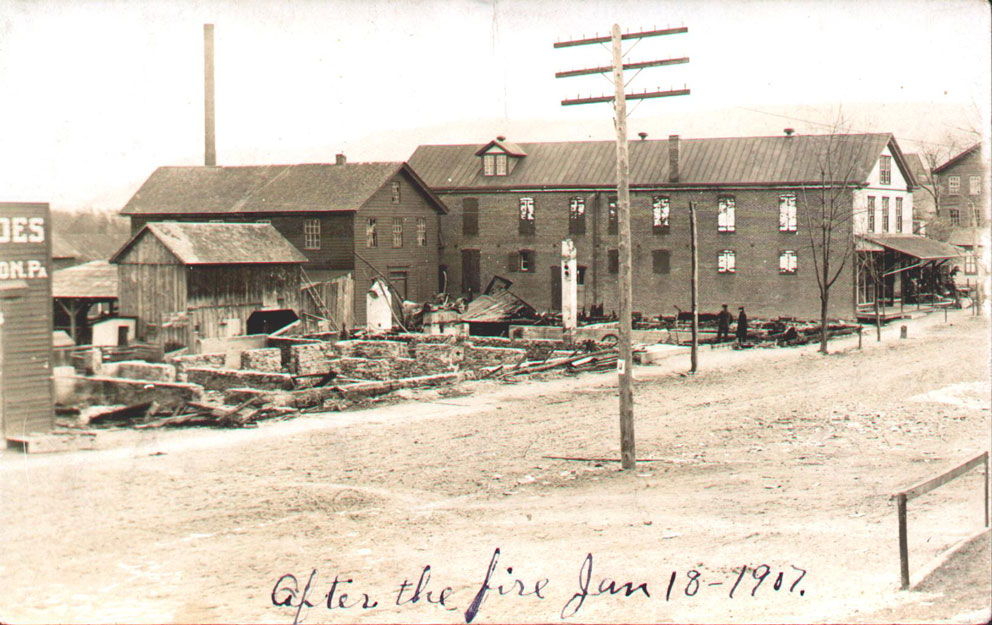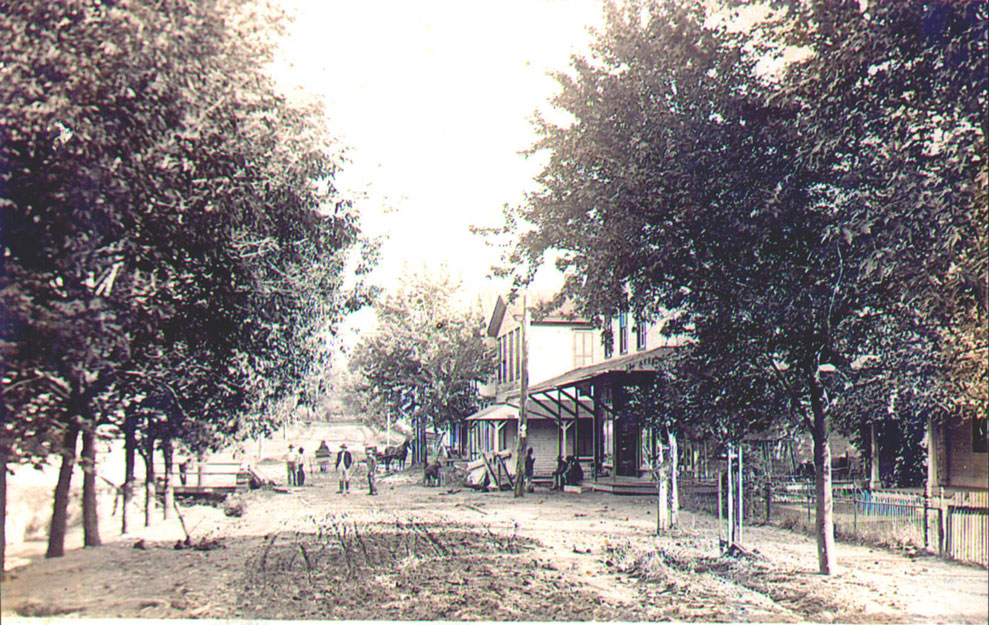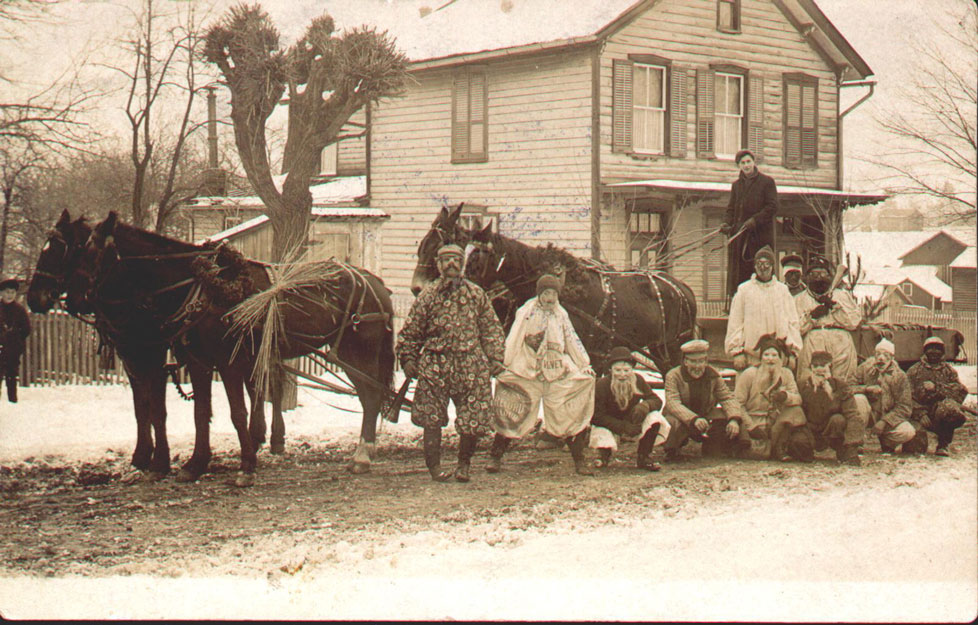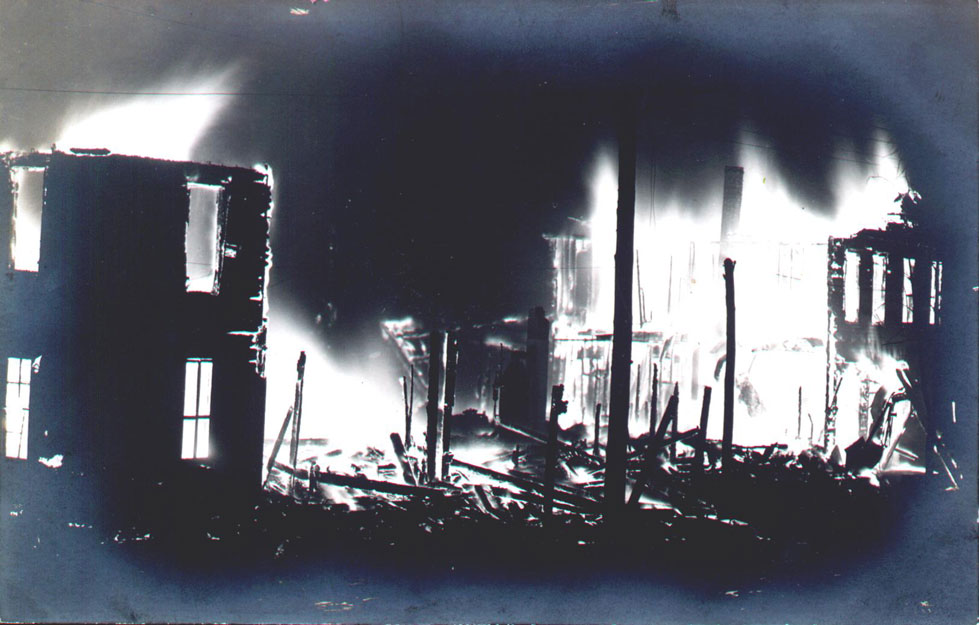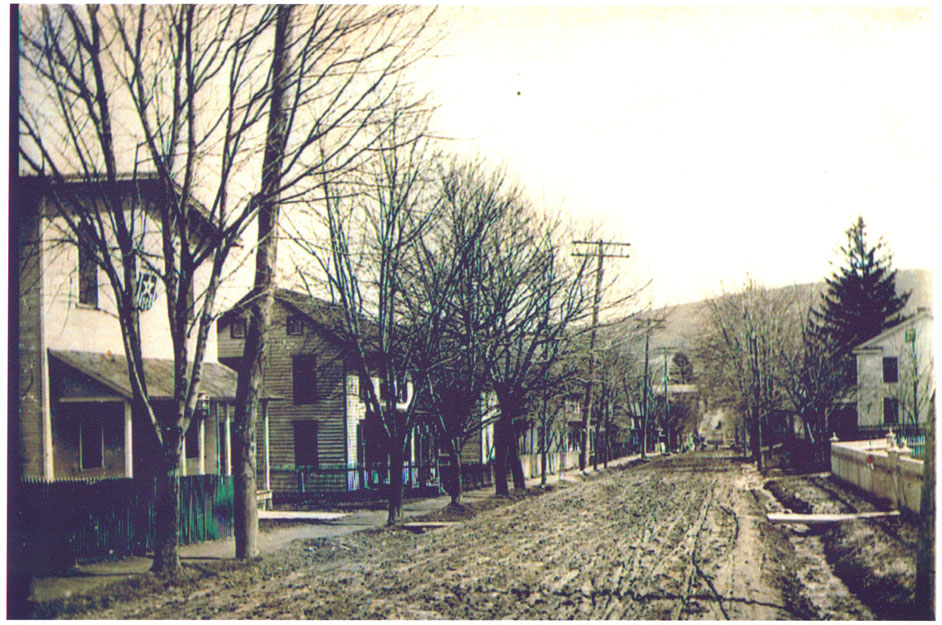Although Conyngham was first incorporated as a borough in 1901, the town’s history can be traced back to 1769 when settlers applied for the first land patent in the valley. Since that time, the tiny town once called Venison Market has survived a bloody war, disastrous fire and humble beginnings to grow into the vibrant and bustling borough with more than 1,900 residents that we see today.
In August of 1769, John Foreman received the first land grant for what was then called Venison Market from Thomas and John Penn. Almost 20 years later, in 1787, the land was deeded to John Maxwell Nesbitt, who also received a patent for the land where Conyngham Borough sits today.
But long before that land would become Conyngham, a fight for its control and independence ensued. Although America’s founding fathers claimed independence from the British in 1776, four years later there was a series of battles between a group of Indians and Tories (American colonists who still supported the British) and the American troops who wanted to retain the region’s independence.
In 1780, Captain Daniel Klader and his men fought against these adversaries in what became known as the Sugarloaf Massacre. The battle proved to be a bloody and deadly encounter for many of Klader’s men. However, it paved the way for the settlement that we have today because, when Lieutenant Colonel Stephen Balliet and his men arrived in the town a week after the massacre to bury the dead, they were struck by the beauty they saw in the area.
Balliet and his men returned to the area following the Revolutionary War to settle the valley and, within a generation, grew it from a tiny area dotted with log cabins to a place that was home to multiple farms and mills.
The name “Conyngham” can first be attributed to David Hayfield Conyngham, who first received the land from Nesbitt in 1803, and his descendants. In 1809, after several more people had control of the land, it was deeded to David Conyngham’s son, Redmond Conyngham, who became one of the most prominent men of his time in the town.
The Nesbitt and Conyngham families both played integral roles in the American fight for independence, with Redmond Conyngham even serving terms in both the PA House of Representatives and the State Senate. Redmond’s cousin, Captain Gustavus Conyngham, was also a hero of the fight for independence. In addition to commanding his own private ship during maritime warfare and becoming the first person to carry the American flag into the English Channel, Captain Conyngham routinely made trips to England to acquire military supplies that the colonials could use in their fight for independence.
As a result, Conyngham Village, which was also referred to as Conyngham Town before it became a borough, was named in honor of Captain Conyngham and, during the nation’s bicentennial celebration in 1976, a bronze tablet was placed in Whispering Willows Park in memory of him.
Conyngham began to emerge as its own town by the mid-1800s. Luzerne County was founded in 1786 and, in April of 1809, Sugarloaf Township became the 14th township to be formed in the county. Although it was legally part of that Sugarloaf Township land, residents quickly began to refer to that area as Conyngham Town and the village eventually broke away from Sugarloaf.
The rise of Conyngham was quite swift. In 1850, the village had just 50 dwellings, two stores and three taverns but, by 1880, it had grown into a thriving town with 500 residents, three doctors, two blacksmiths and several other businesses. By the time of its incorporation in 1901, Conyngham had added a postal service, a two-room school house and several churches.
In addition to farms, the prosperous businesses in the town’s early beginnings included saw mills, grist mills, two taverns, a tannery, two hotels, two stores, two harness shops, two tin shops, two blacksmiths, a tailor shop, two millinery shops, a planing mill and an iron foundry.
Another prominent business that would play a big role in the town’s history was the Conyngham Shirt Factory, which opened in 1900 and was owned by the Pitt Hunter estate and operated by Charles Robbins and Minor Wagner. On January 18, 1907, a fire broke out in the factory that would destroy that building as well as a half dozen other neighboring buildings, including a candy shop, a general store, the “Valley Herald” newspaper and the post office, and result in a total financial loss of $25,000. The fire was such an immense blaze that it actually threatened to engulf the whole town.
The factory was located across the street from the Conyngham Hotel, which was then owned by George Drumheller and located on the present site of the Brass Buckle restaurant. The fire started in the boiler room and was supposedly neglected, which allowed it to grow and ignite the entire building. The fire created such a scene in the town that Drumheller dropped dead from heart failure at the site of it.
The fire caused such a panic in the town that residents actually started helping to put it out before neighboring fire departments could arrive to assist Conyngham’s firefighters. However, the fire’s intensity left them powerless to make an impact and the fire began spreading to the nearby properties. But, fortunately for the townspeople, the brick property owned by A.H. Smith halted the fire’s path and prevented it from consuming the whole town.
Conyngham rebounded from the devastating fire and continued to make progress in establishing itself as its own growing and bustling town. Street lights were installed in the borough in 1917 and, 10 years later, Conyngham officials finally purchased the town’s first fire truck. By 1930, the borough had set up its first bank and installed a sewer system.
In 1952, a group of citizens who were concerned about the lack of recreational opportunities for the town’s young citizens came together to determine what could be done to provide more civic activities in the town. The following year, the Conyngham Valley Civic Organization (CVCO) was established to support, promote, encourage, sponsor and foster civic and cultural improvements for the Conyngham Valley and its residents. That same year, the CVCO hosted its first Valley Day, a one-day event designed to bring the whole town together. Today, the event features a variety of activities and events, including the Firemen’s Parade and Awards, the 5K and Great 8 race, a pet show and a baby parade, as well as free entertainment and great food.
Approximately 50 residents attended the first CVCO meeting and helped to formally launch the organization. Its mission was to raise money that could fund activities for the Conyngham valley. The initial CVCO directors were: President Merle E. Campbell, First Vice President Robert E. Hobart, Second Vice President Mrs. Robert Klotz, Third Vice President Rev. Harlan Breininger, Secretary John Cronin and Treasurer George Ernst.
Five years after the success of the first Valley Day, and as a result of Ernst’s dedication, the CVCO constructed a community pool that is now known as the George E. Ernst Memorial Pool. In 1966, the organization purchased the former Conyngham Band Hall from the Naugle Estate and turned it into the town’s first community center and recreation building. That same year, the CVCO bought property that was formerly owned by James Phile and developed Whispering Willows Park, which was dedicated and opened to the public in 1971.
More recently, in the summer of 1999, the CVCO oversaw the construction of the John and Ruth Gould Recreation Center on the grounds of the former band hall near Whispering Willows. The center was made possible by a generous donation from the Gould Family, the owners of Conyngham’s supermarket, Gould’s ShurSave.
The recreation center now serves as the home of the Shooting Stars Basketball program for children in grades K-12. Today, the CVCO’s ongoing activities include hosting Halloween and Memorial Day parades and supporting a girls’ softball team and a Babe Ruth team.
Since 1960, Conyngham’s many advancements have included opening a new post office, which is located along Main Street near the Brass Buckle restaurant and transforming its old school into municipal offices and a branch of the Greater Hazleton Public Library.
Conyngham celebrated its 100th anniversary as a borough in 2001 and today is a mostly residential community featuring a small downtown area with shops and restaurants. It covers slightly more than one square mile and recorded a population of 1,914 in the 2010 census.


